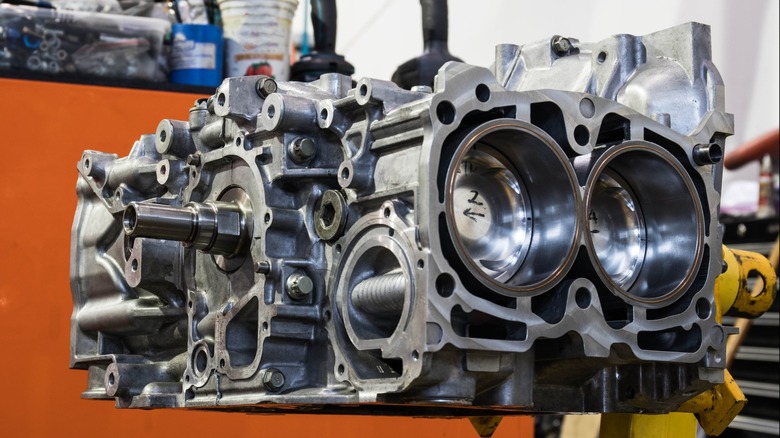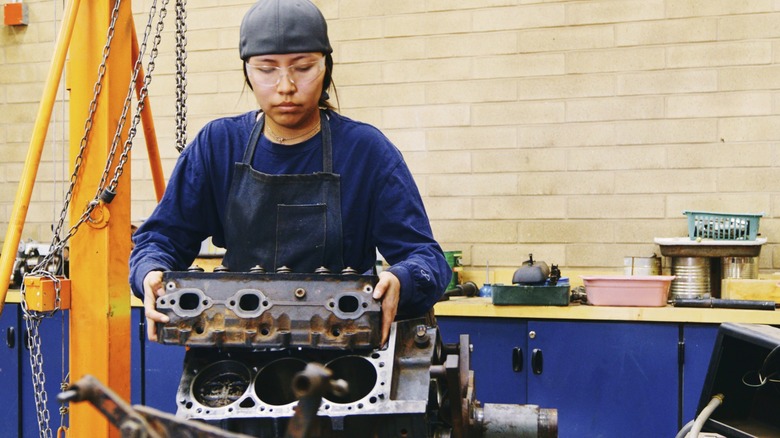Short Block Vs. Long Block: What's The Differences Between These Engine Terms?
When you find yourself in need of a new engine for your vehicle, you'll likely end up buying a remanufactured engine instead of rebuilding it or having it rebuilt. That decision depends on the type of failure your engine has suffered, catastrophic or just worn out, and if you have time to wait weeks for a rebuild. More often than not, time constraints or broken engine parts resulting from a major engine failure necessitate going the remanufactured engine route.
While discussing options for purchasing a remanufactured engine, you'll probably have an option between short and long block versions. Your immediate inclination may be to go with whichever one fits the best but the short and long descriptive names have nothing to do with the engine's length.
When referring to automobile engines, the term short block simply refers to an engine assembly that doesn't include new (remanufactured) cylinder head(s), and a long block comes with fresh heads already attached. There's also the third option of buying a complete crate engine, which SlashGear has tackled elsewhere.
Is a long block better than a short block?
Remanufactured short blocks contain fewer new parts than long blocks due to the absence of cylinder heads. That reduction makes them less expensive, however it requires reusing your car's old heads.
From experience working in automotive machine shops, a quality remanufactured short block will feature an engine block with freshly honed or over-bored cylinders and a fresh set of crankshaft, connecting rod, and camshaft bearings (where located in the engine block). New pistons will be adorned with fresh piston rings and attached to connecting rods with new wrist pins or other appropriate connectors all properly sized, lubricated, and torqued as a rotating assembly. The remanufactured short block should come with a warranty to protect against defective parts and workmanship.
A remanufactured long block builds upon the short block assembly by adding cylinder heads and valvetrain components. While pushrod-type short blocks may come with a new camshaft, overhead cam engine-types only get new cams with the long block option. Either way, quality long blocks will come with new or remanufactured cylinder heads featuring properly seated intake and exhaust valves and fresh valve springs and spring retainers.
If your old heads have a lot of wear, mounting them on a fresh short block could result in compression loss at the valve seats or oil consumption due to worn valve guides. For that reason it's often best to purchase a long block or spend the money on having your old cylinder heads refreshed.

